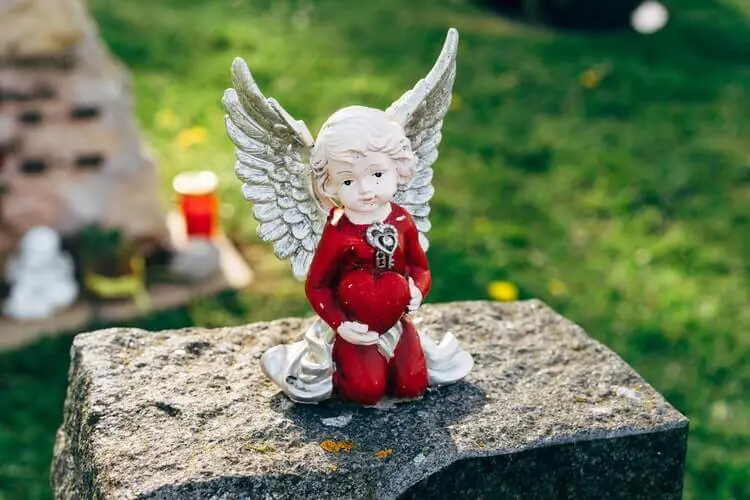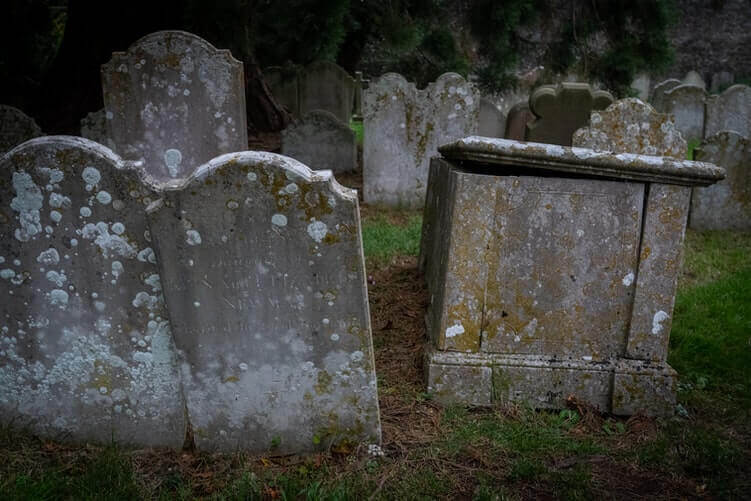Understanding the Role of Cemeteries in Heritage Preservation

Heritage preservation is a multi-dimensional effort beyond traditional landmarks and historical structures. Among its lesser-explored aspects is the vital role played by cemeteries, the repositories of our collective past that silently weave the tapestry of societal memory. The memorial park cemetery in Tulsa, OK, is a prime example of such an invaluable heritage asset, holding within its boundaries a rich cross-section of local history and culture. As we journey through this exploration, we will uncover the significance of cemeteries as sanctuaries of heritage and underscore the unique contribution of memorial park cemetery in preserving Tulsa’s diverse legacy. Understanding this role broadens our perspective on heritage preservation. It helps us appreciate the importance of these resting places as we strive to safeguard our shared past for future generations.
Cemeteries as Repositories of History
Cemeteries often serve as pivotal records of a community’s past. They encapsulate the individuals’ lives, deaths, and memories interred within their grounds, each headstone bearing the mark of a person’s existence. Beyond the dates of birth and death, the inscriptions, symbols, and sometimes, the arrangement of graves tell compelling narratives about social hierarchies, religious beliefs, epidemics, wars, migration patterns, and cultural shifts. The architecture of tombstones and mausoleums also traces the evolution of art and design styles over centuries. Consequently, cemeteries are not merely places of grief and remembrance but reservoirs of historical and anthropological insights.
The Intersection of Heritage and Nature Conservation
Many cemeteries, especially older ones, have evolved into green havens amidst urban sprawls, sheltering diverse flora and fauna. The quietude and low human disturbance have turned these places into mini-ecosystems, promoting biodiversity. Moreover, they preserve local and rare plant species, sometimes unintentionally contributing significantly to urban ecology. Consequently, cemeteries contribute to heritage conservation in a broader sense, not only by preserving human history but also by preserving natural heritage.
Impact of Community Identity and Social Cohesion
Cemeteries play a vital role in shaping community identity and promoting social cohesion. They act as shared spaces of memory and reflection where community members commemorate their ancestors and cultural traditions. Community events, like All Souls’ Day, are often centered around these spaces, reinforcing a sense of community and shared heritage. Thus, cemeteries act as common threads that weave individuals into a community, supporting their sense of belonging and identity.
Challenges in Cemetery Conservation
Despite their invaluable contributions to heritage preservation, cemeteries often face significant threats and challenges. Vandalism, neglect, environmental elements, and urban development pressures are common issues affecting their conservation. Striking a balance between maintaining the dignity and quietude of these spaces while encouraging public engagement for their preservation can be challenging. Understanding these challenges is crucial to devise effective strategies for the conservation of these valuable heritage sites.
The Way Forward: Promoting Cemetery Preservation
As our understanding of the importance of cemeteries in heritage preservation grows, so should our efforts to protect them. This includes increased public awareness, collaborations with heritage and conservation organizations, and the development of sustainable tourism models that respect the sanctity of these spaces. Legal measures and policy frameworks that address cemetery preservation must also be in place. Ultimately, it’s about recognizing cemeteries as places of death and living testament to our shared history and heritage.

In conclusion, memorial park cemetery in Tulsa, OK, are not just resting places for the deceased but are profound witnesses and stewards of our shared past. They intertwine personal narratives with cultural and historical threads, encapsulating information and providing a multi-layered perspective of heritage that transcends generations. However, preserving these significant sites often faces challenges from urban development, neglect, and lack of awareness.
A collective commitment towards their conservation and understanding their value in heritage preservation is a call to action for us all. This involves formal organizations, community members, local authorities, and heritage enthusiasts. By stepping forward and participating actively in preservation efforts, we can ensure that the rich historical, cultural, and natural heritage embodied in cemeteries is not lost but passed on to future generations. In doing so, we honor the past, make sense of the present, and pave the way for a more informed future.

